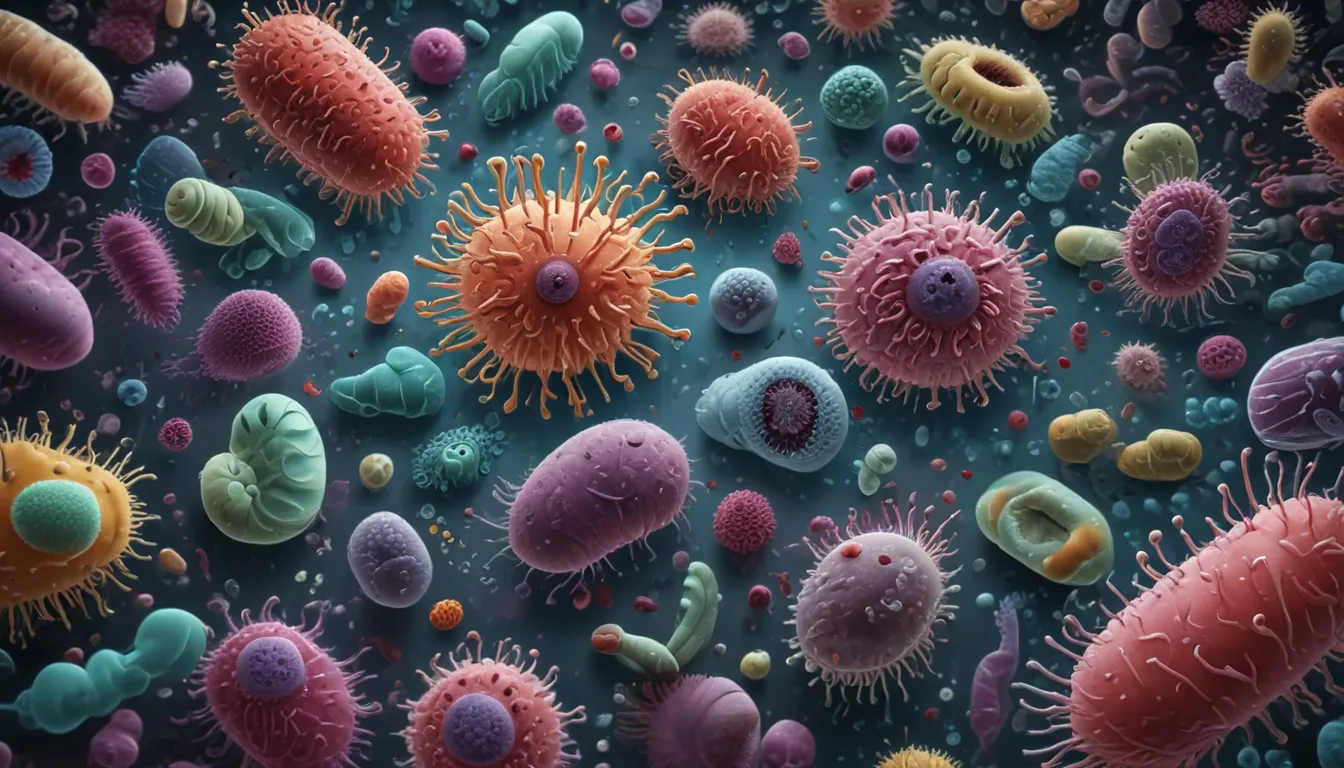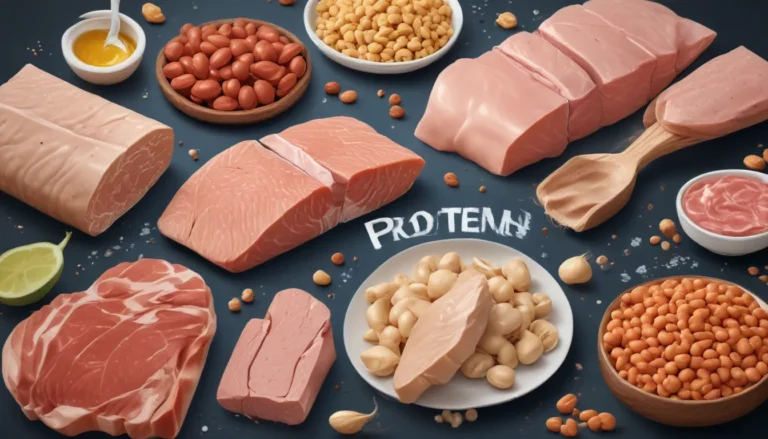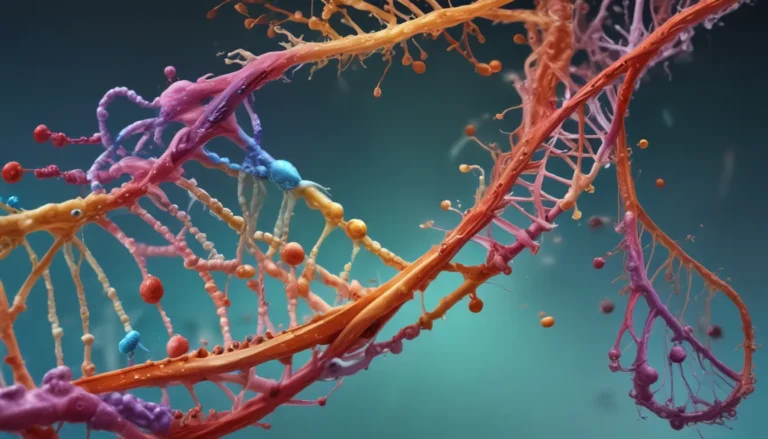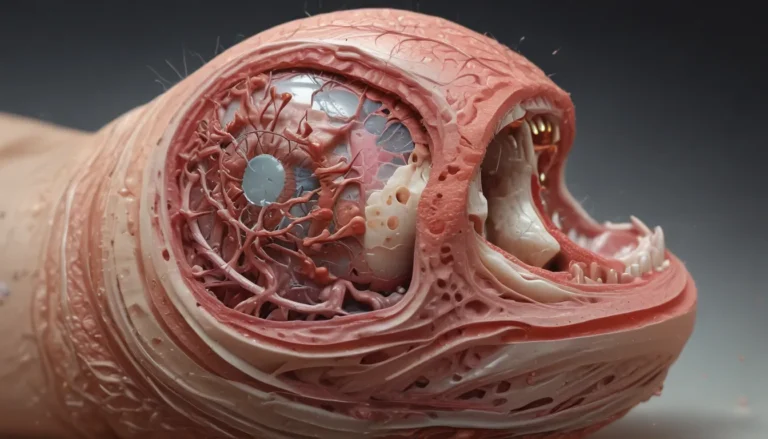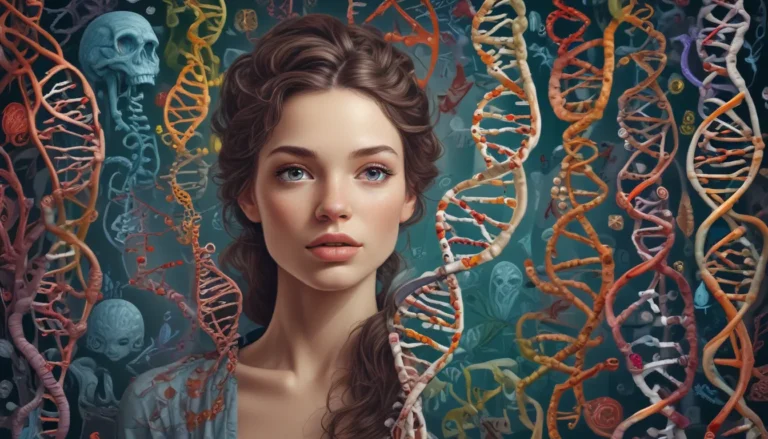A Note About Images: The images used in our articles are for illustration purposes only and may not exactly match the content. They are meant to engage readers, but the text should be relied upon for accurate information.
Welcome to the captivating world of Eubacteria, also known as true bacteria, where these microorganisms play essential roles in shaping our environment and our lives. From their abundance in nature to their remarkable abilities, Eubacteria continue to intrigue scientists and enthusiasts alike. In this article, we will delve into the fascinating realm of Eubacteria, uncovering 19 captivating facts that showcase their diversity, adaptability, and contributions to our world. Join us on this educational journey as we explore the extraordinary world of Eubacteria.
The Abundance and Diversity of Eubacteria
Eubacteria are incredibly abundant in nature, with estimates suggesting that a single teaspoon of soil can contain up to one billion bacterial cells. These microorganisms exhibit various shapes, from spherical to rod-shaped and spiral, contributing to their adaptability and survival in different environments. Their essential role as decomposers in the ecosystem facilitates nutrient recycling and maintains the health of the environment.
The Evolutionary Success of Eubacteria
Dating back over 3.5 billion years, Eubacteria are among the oldest organisms on Earth, showcasing their longevity and resilience. Many species are photosynthetic, producing oxygen as a byproduct and contributing significantly to the Earth’s atmosphere. Eubacteria inhabit a wide range of environments, from extreme hot springs to frozen tundras, demonstrating their adaptability and survival skills.
Symbiotic Relationships and Antibiotic Production
Eubacteria are known for their symbiotic relationships with various organisms, such as aiding in digestion and nitrogen fixation in plants. Some species have the remarkable ability to produce antibiotics, playing a crucial role in medicine. Streptomyces, a genus of bacteria, produces a significant portion of the antibiotics used in medical treatments today.
Genetic Diversity and Biofilm Formation
The genetic diversity within Eubacteria is vast, allowing for a wide range of characteristics and adaptations. These microorganisms are skilled at forming biofilms, complex communities of bacteria attached to surfaces, found in various settings like dental plaque and river rocks. Certain Eubacteria play a vital role in nitrogen cycling, converting atmospheric nitrogen into a form that can be utilized by plants.
Pathogenic Potential and Bioremediation Efforts
While most Eubacteria are harmless or beneficial, some species have pathogenic traits that can cause infections in humans, animals, and plants. Understanding their pathogenic mechanisms is essential for developing effective treatments. Eubacteria are also key players in bioremediation efforts, breaking down toxic substances like oil spills and pollutants, aiding in environmental cleanup and restoration.
The Culinary and Industrial Applications of Eubacteria
Lactic acid bacteria, a type of Eubacteria, have been used for thousands of years in food preservation, producing fermented foods like yogurt and sauerkraut. Some Eubacteria possess flagella for movement in liquid environments, allowing them to seek out favorable conditions for growth and survival. Certain species can form endospores to survive harsh conditions like extreme temperatures and droughts.
Metabolic Versatility and Reproductive Strategies
Eubacteria exhibit astonishing metabolic versatility, obtaining energy through fermentation, respiration, and photosynthesis. Their ability to reproduce through binary fission allows for rapid population growth. Eubacteria have made significant contributions to human health by producing vaccines, insulin, and other essential pharmaceuticals, revolutionizing medicine and saving countless lives.
Conclusion: Appreciating the Wonders of Eubacteria
Eubacteria are extraordinary microorganisms that continue to surprise and intrigue us with their remarkable capabilities and contributions to our world. By understanding their fascinating characteristics and vital roles in the environment, we gain a deeper appreciation for the unseen heroes working behind the scenes. The next time you enjoy a spoonful of yogurt or take a stroll through nature, remember that Eubacteria may be quietly shaping the world around you.
Frequently Asked Questions (FAQs)
What distinguishes Eubacteria from other bacteria?
Eubacteria, also known as true bacteria, are a major group within the bacterial kingdom, distinguished by their unique genetic and metabolic characteristics.
Are Eubacteria harmful to humans?
While most Eubacteria are harmless or beneficial, some species can cause infections and diseases in humans, which can often be effectively treated with antibiotics.
How do Eubacteria contribute to the environment?
Eubacteria play crucial roles in the environment as decomposers, nutrient recyclers, nitrogen fixers, and contributors to bioremediation efforts, aiding in environmental cleanup and restoration.
Can Eubacteria survive in extreme environments?
Yes, Eubacteria have demonstrated remarkable adaptability and can thrive in a wide range of extreme environments, showcasing their resilience and survival skills.
How do Eubacteria reproduce?
Eubacteria reproduce through binary fission, a rapid and efficient process that allows for exponential population growth.
Join us in exploring the diverse and fascinating world of Eubacteria, where these microorganisms continue to shape our environment and contribute to the well-being of our planet and ourselves. Let’s celebrate the wonders of Eubacteria and their incredible abilities as we journey into the microbial realm.
